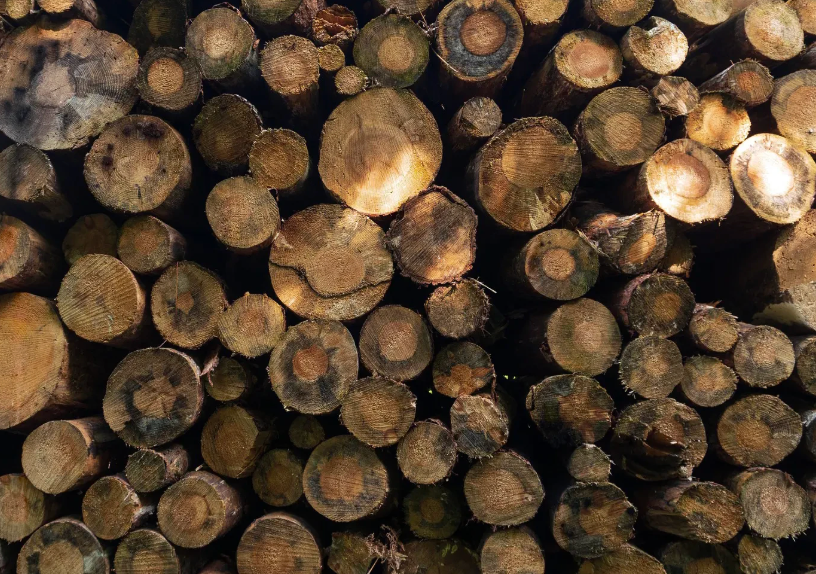Blue Biotech: An Overview
- Biotech Talk
- Jan 27, 2022
- 3 min read
By: Tanishtha Nath and Hannah Lee
A Summary:
Blue Biotechnology, as suggested by its color, includes the study and application of aquaculture, and coastal and marine biotech. The goal of blue biotech is to apply biological technology to marine and freshwater organisms in order to produce resources while simultaneously preserving marine species and habitats. The form, structure, physiology, and chemistry of marine organisms are studied and used to develop beneficial technology to improve the earth. For example, the study of sea algae has led to the development of many new pharmaceuticals. Products of blue biotechnology provide several benefits for the food supply, human and environmental health, in the industry, and more.
Benefits:
The Food Supply:
The application of marine biotechnology allows people around the world to have an adequate and healthy food supply from fisheries and aquaculture. Biotechnology also ensures that food from the ocean is obtained in a sustainable manner. Food quality and efficiency of production have increased through the use of several methods such as the cultivation of new species or through a better understanding of an organism's biology and health.
Human and Environmental Health
Several novel and anticancer drugs, antibiotics, and painkillers have been produced thanks to the use of marine bioresources derived from marine flora and fauna. Other methods and approaches to improving the environment are also being taken—for example, the use of high-resolution biosensing techniques to watch over marine habitats.
Alternative Energy Source
The marine habitat is a sustainable source of bioenergy. Therefore, marine biotechnology is used to ensure that an alternative source of energy is available. Producing biofuels from marine life like microalgae has been the most promising option for harvesting energy. Recently, this research has been prominent and is one of the most important challenges that Marine Biotechnology faces.
Industrial Use
Every product that is consumed by humans comes from the industrial biotech sector, for example, nutraceuticals and pharmaceuticals. This makes industrial sectors the largest beneficiaries of marine biotech. Most of the materials used in those sectors–proteins, enzymes, biopolymers, bio-adhesives, and biomaterials–are produced from the marine ecosystem. Examples of the products from marine biotech are Green Fluorescent Protein from jellyfish and luciferase enzyme from Vibrio Fischer.
Specific Applications:
Transgenic Fish
A Transgenic Fish is a genetically modified fish. Its DNA is altered through the use of genetic engineering techniques. The purpose of transgenic fish is to enhance growth, quality, and productivity. Genetically modified fish can be used in studies regarding the improvement of the production of proteins in commercially available fish. It can also be used for developing non-mammalian animal models, and for functional genomics studies. An example is the AquAdvantage salmon. This is a US FDA-approved genetically modified (GM) animal for human consumption. Most examples of GM fish are Atlantic salmon, tilapia, rainbow trout, and more.
Algae
These are several applications of algae in the biotech world, it can be used for new pharmaceuticals, to improve quality of food, biopackaging, etc. An example of these applications is the use of seaweed in food; seaweed aquaculture can provide healthy food as well as benefit the ecosystem by removing nutrients and CO2, restoring the ocean habitat, and through other means. Seaweed can also be used in articles of everyday use such as in laundry detergent.
Sources:
Khatiwada, Bishal. “A Brief Introduction and Applications of Blue Biotechnology.” Explore Biotech, 18 Jan. 2020, https://explorebiotech.com/blue-biotechnology-introduction-and-applications/.
“Blue Bioeconomy and Blue Biotechnology.” Oceans and Fisheries, https://ec.europa.eu/oceans-and-fisheries/ocean/blue-economy/blue-bioeconomy-and-blue-biotechnology_en.
“Marine Biotechnology Securing Alternative Sources of Renewable Energy.” Marine Biotechnology Securing Alternative Sources of Renewable Energy - MarineBiotech Infopages, 2018, http://www.marinebiotech.eu/wiki/Marine_Biotechnology_securing_alternative_sources_of_renewable_Energy.
“Marine Biotechnology Securing Food Supply.” Marine Biotechnology Securing Food Supply - MarineBiotech Infopages, 2013, http://www.marinebiotech.eu/wiki/Marine_Biotechnology_securing_Food_supply.





Comments